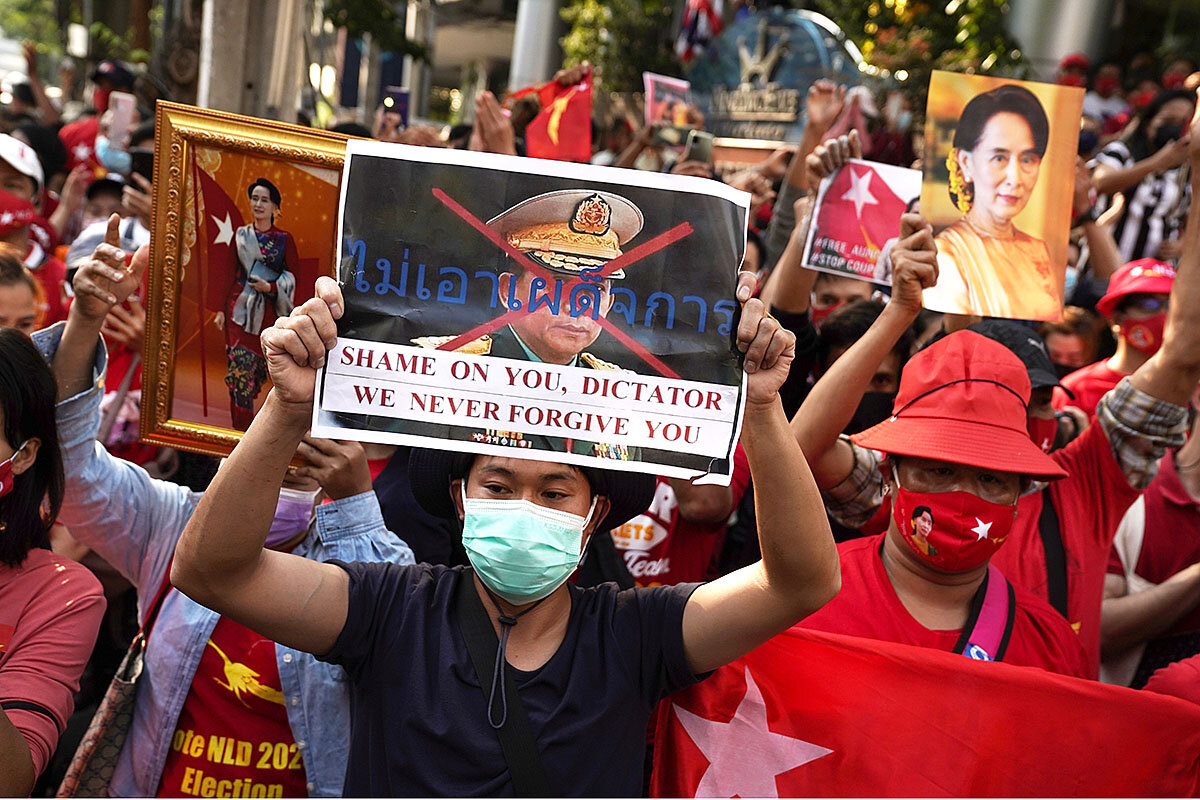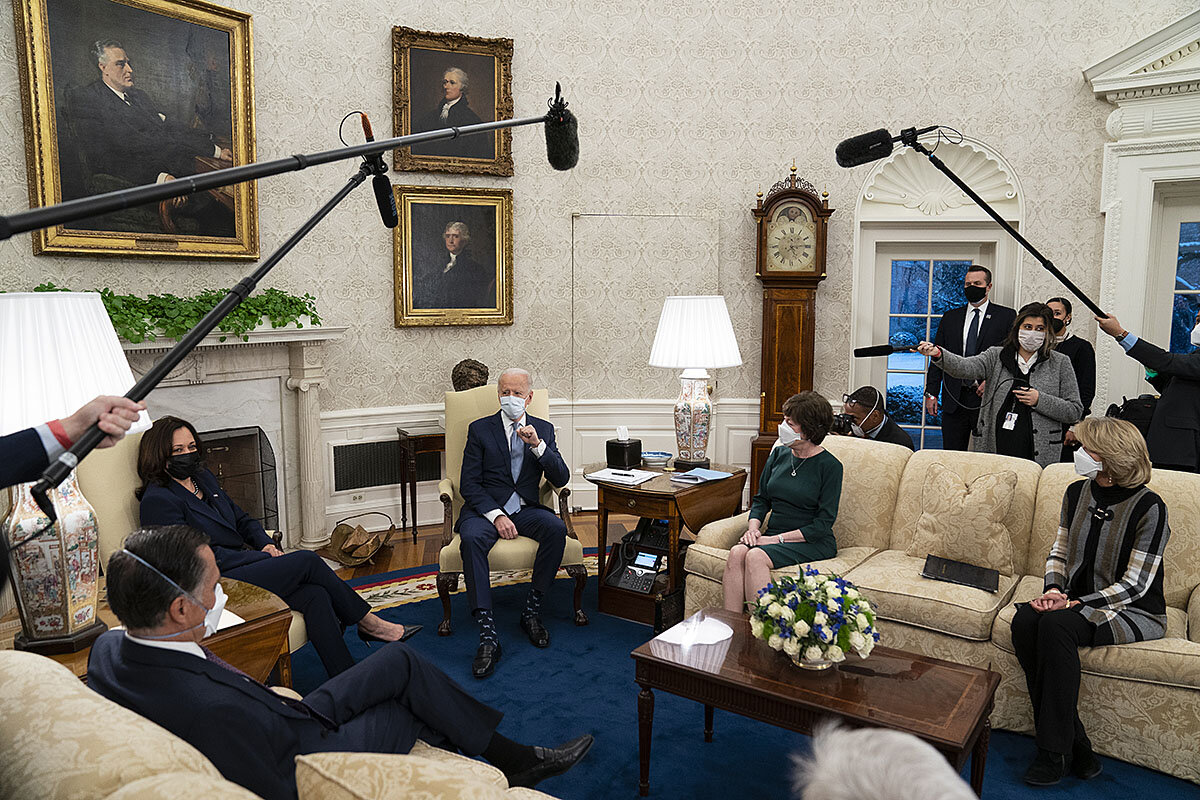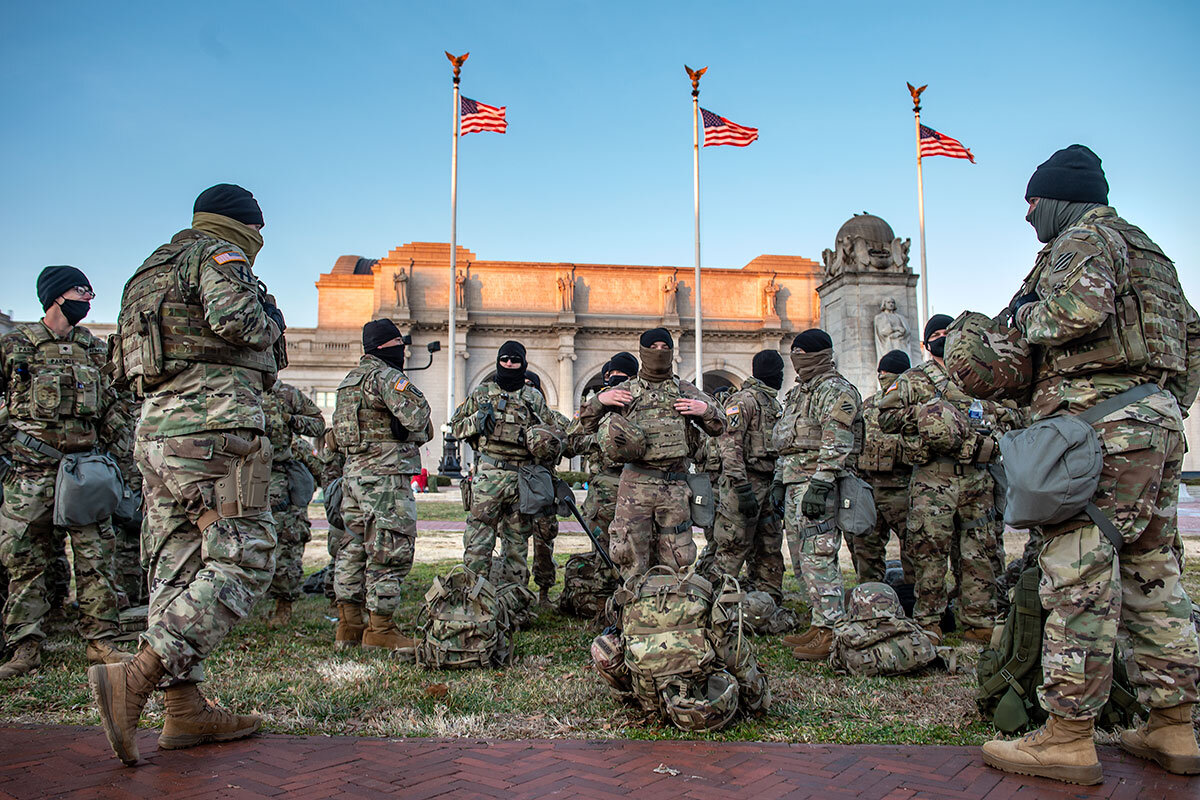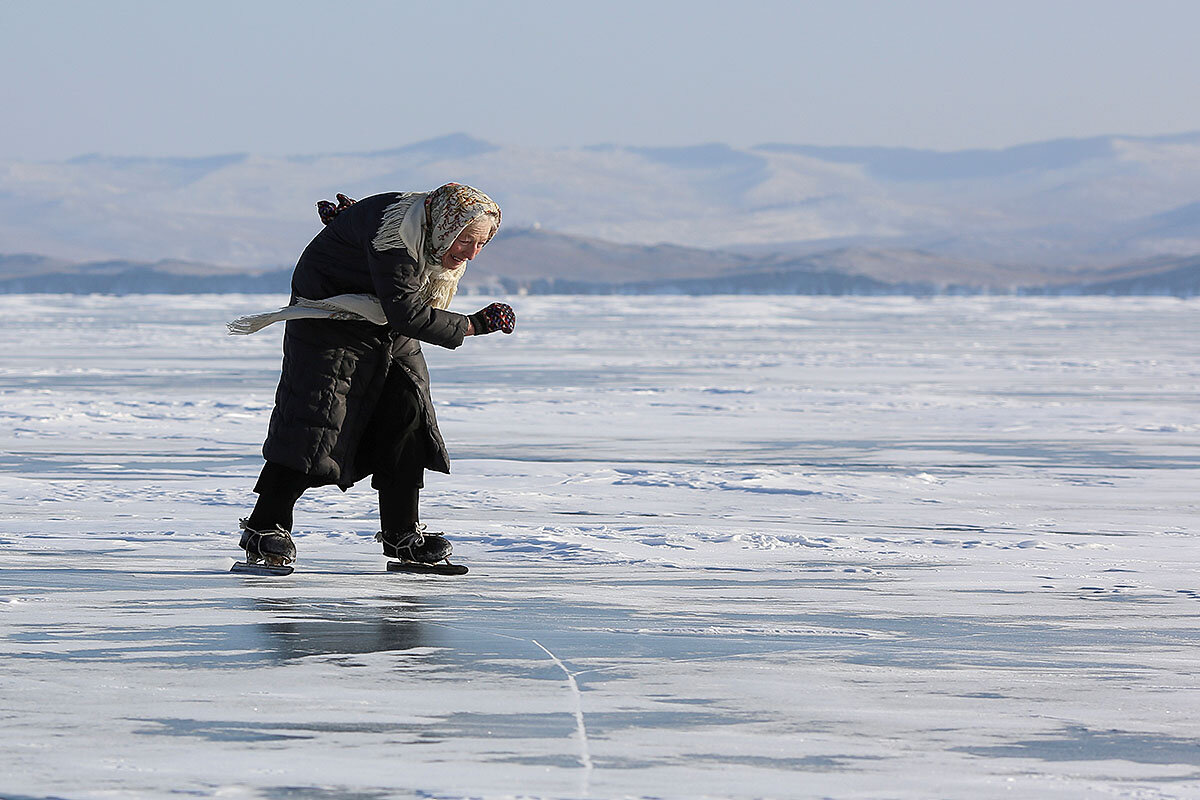President Joe Biden says he wants to buttress democracies worldwide. Last weekend’s coup in Myanmar offers a lesson: The way forward is long, hard, and not without setbacks.
Monitor Daily Podcast
- Follow us:
- Apple Podcasts
- Spotify
- RSS Feed
- Download
 Mark Sappenfield
Mark Sappenfield
What are the limits of empathy? In today’s society, we often think about the good empathy does. It can expand our sense of compassion and encourage us to see the wholeness of the world, as well as our place in it.
But empathy can have another side. What if we are empathetic mostly to people who look like us, live near us, or talk like us? What is the morality of empathy?
Two researchers from the State University of New York (SUNY) in Albany wanted to delve into that question. So they set up what you might call a “good Samaritan” experiment in which participants were asked to judge what was morally right – having more empathy for people struggling with hunger closer to home or in a foreign country. Then they tweaked the experiment, asking similar questions about people the participants actually knew, one a family member, the other an acquaintance.
In both experiments, participants said the most moral outcome was equal empathy. Other studies suggest that those who invest in becoming more empathetic see their ability to relate to and care about others grow. The SUNY researchers add, “Our research provides evidence that this principle of equality in empathy is not some obscure ideal. Rather, it is a tenet of our moral beliefs.”










